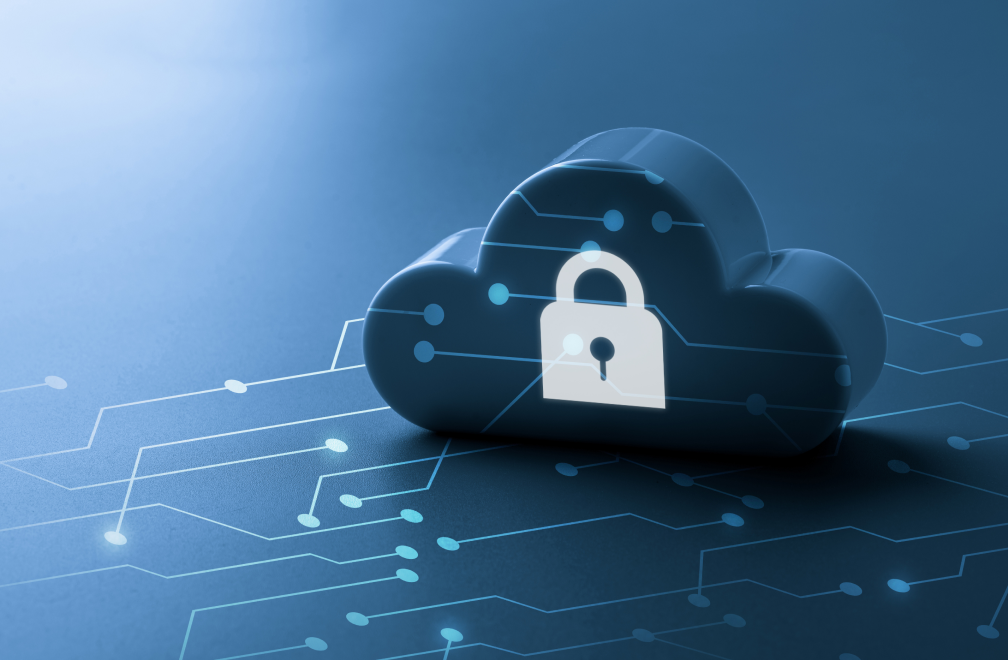Cloud security
Cloud Computing, Managed Services, Security & Compliance?
Cloud computing, managed services, and security and compliance are all important aspects of doing business today. But what do they all mean, and how do they work together?
Cloud computing is the ability to access information and applications over the internet. This can be done through a private network or through a public network, like the internet. With cloud computing, businesses can access their data and applications from anywhere in the world.
Managed services is the outsourcing of certain aspects of your Leeds business to a third party. This can include things like IT services, HR services, or accounting services. Managed services can help businesses save time and money by allowing them to focus on their core business functions.
Security and compliance are important for any business, but especially for businesses that handle sensitive data. Security and compliance can help Leeds businesses protect their data from unauthorized access, and ensure that their data is safe from breaches.
Cloud computing, managed services, and security and compliance are all important aspects of doing business today. But what do they all mean, and how do they work together?

Is cloud computing secure?
The security of cloud computing is a top concern for Leeds businesses and individuals alike. Many people are hesitant to store their data in the cloud due to concerns about privacy and security. However, cloud computing can be just as secure as traditional computing methods if the proper precautions are taken.
There are several ways to ensure the security of your data in the cloud. First, make sure that you trust the provider you are working with. Do your research and read reviews from other customers to make sure that they are reputable and have a good track record when it comes to security.
Second, be sure to use strong passwords and encrypt your data. Make sure that your provider offers encryption services, and use them whenever possible. Third, keep your software up to date. Hackers are constantly finding new ways to exploit vulnerabilities in software, so it is important to install the latest updates as soon as they become available.
Finally, be aware of what you are sharing online. The less information you share, the less of a target you will be for hackers. Be careful about posting confidential information on social media or other public forums.
By following these tips, you can rest assured that your data is safe and secure in the cloud.
What are the four areas of cloud security?
1. Identity and access management (IAM)
2. Data security
3. Infrastructure security
4. Application security
Organizations must consider all four of these areas when building a secure cloud environment. IAM controls who has access to what data and resources, while data security focuses on protecting the confidentiality, integrity, and availability of data. Infrastructure security protects the underlying compute, storage, and networking resources, while application security focuses on securing the applications themselves.
Organizations must also have a clear understanding of the shared responsibility model in order to properly secure their cloud environment. Under this model, the cloud provider is responsible for securing the infrastructure, while the customer is responsible for securing their data and applications. This means that both parties must work together to ensure that the environment is secure.
The best way to do this is to have a comprehensive security strategy that encompasses all four of these areas. By taking a holistic approach to security, organizations can build a strong foundation for protecting their data and resources in the cloud.
Contact Leeds Apps for more info.
